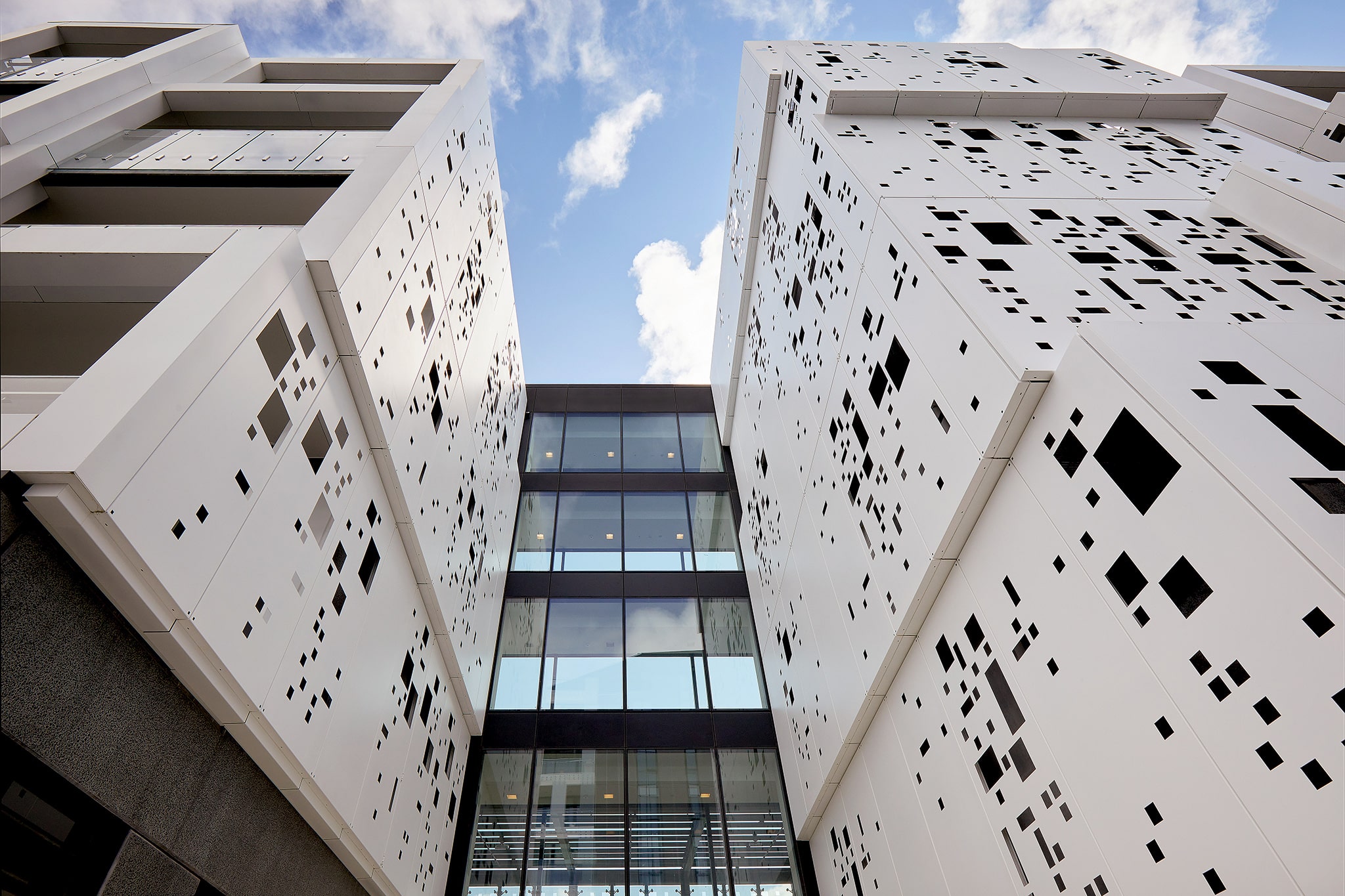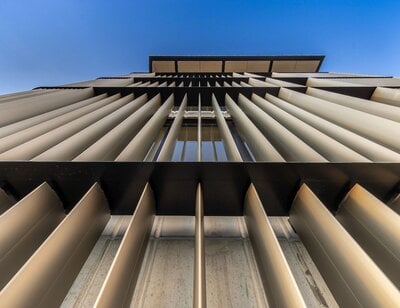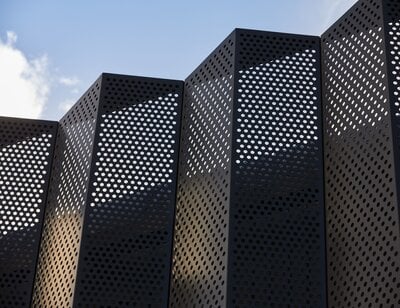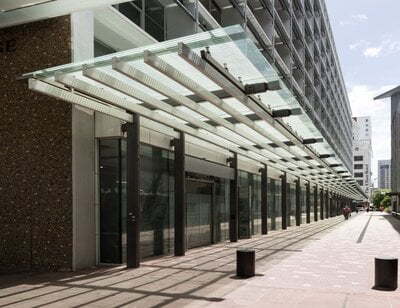Why do facades need to look good? The simple answer is because we all like pretty things. The more complicated answer is...well, more complicated. The comprehensive set of requirements for facades cover much more than the functional (i.e. fixing details etc). Indeed, some are deeply rooted in psychology and how we, as humans, interact with our environment.

Facades & Our Sense of Place
Wellington certainly has its own vibe. As does Auckland or Dunedin. The urban landscape helps define this vibe, creating a sense of place for the residents. It becomes part of their identity and it's not unusual for residents of a City to exhibit that City's character. For example, New Yorkers may be as brash and bold as the buildings that surround them. Life in a seaside town is often relaxed, the atmosphere that overspills from the promenade slowing down the pace of your walk as you become unhurried.
Facades are an important part of this common 'City View'. Their importance is such that the Journal of Architecture and Urbanism (2000) noted that should they present an "ugly and disharmonic view, it will have a destructive mental and emotional effect". So the facade of each City is a response to its character and helps define its character in a circuitous relationship.
This may all sound a little over the top. But it does make sense. At the root is that sense of place which comes from "...a feeling of connectedness, be it physical, emotional or spiritual, to a specific geographical area" (Relph, 1976). This is an important part of our cognitive social and emotional development.
Still sound over the top? Probably. But it's there whether we consciously recognise it or not. Besides, we are fascinated by facades and their impact so you may have to indulge us a little here. Also, there has to be something there because NZ Councils have individual guidelines for facades, emphasising the need for them to look good and connect.
Local Guidelines for Facade Design
The majority of local Councils in New Zealand offer advice on facade design and guidelines as to what's desirable and what isn't.
The Auckland Design Manual has a sizeable section which explains why facades should be 'designed to have a pleasing scale and appearance, proportion and rhythm, solid-to-void relationship and materiality'. For designs to meet with approval, it talks about the need of facades to respond to any positive characteristics in the local area and the street.
It's a similar story when looking at the guidelines published by Whangarei District Council. They talk of the need for the facade design to create engagement on '...an appropriate human scale which positively contributes to the street environment and pedestrian amenity'. The expectation is facade design will be:
- Distinctive
- Connected
- Attractive
- Inclusive
- Sustainable
To help achieve all of the above, they share a number of commercial design guidelines.
Guideline 1:
Design facades with articulation, rhythm and detail to engage visually with pedestrians passing by and create more distinctive and legible environments.
Guideline 2:
The facade design should respond to the positive characteristics of its contex.
Guideline 3:
The building's facade should
- Avoid being overly repetitive.
- Create vertical and horizontal modulation, projections and voids (openings) to break up the scale and bulk of the facade.
- Create depth by projecting and recessing elements.
- Have well-defined building entrances which add visual interest ang engage with the street.
- Have well-proportioned windows and openings that relate to the shapes and forms of the building.
- Use colour and material changes to highlight details and building forms.
- At ground level, have active uses visible from the exterior or that spill out into the public street (see active frontage).
Guideline 4
Design all parts of the building together to create a clear relationship and character. This includes the walls, roof, windows, entrance ways, verandas and patios.
Guideline 5
Provide articulation to the building corner by:
- Locating prominent entranceways at the apex of the corner.
- Using recesses or projections in the building form to express the corner.
- Adding architectural features which wrap around the building at the corner, such as balconies, windows or continuous rooflines.
- Setting the corner back to provide areas of public amenity space.
Guideline 6
Aim to express tenancies within a building as separate entities to provide a sense of individuality.
Guideline 7
Avoid designing facades which are flat or monotonous, particularly on edges where pedestrians are present.
Guideline 8
Consider integrating building services, such as drainage pipes, grilles, screens, louvres and carpark entry doors into the facade design.
Guideline 9
Materials should be well integrated into the facade design.
The above guidelines are echoed elsewhere, with similar facade design elements highlighted in the Wellington City District Plan. To remove some of the subjectiveness from the advice, the Auckland District Plan (June 2002) lists the assessment criteria for designs. This is complicated by a facade compliance guide which covers the functional aspects of facades (i.e. acoustics, fire, energy efficiency etc).
At this point, the answer to the question 'why do facades need to look good?' changes from 'because we like pretty things'... to 'because they have to or they can't be built'. That's a simplification of course. The real answer is because urban design is important and that importance is captures in the rules.
We believe the impact of building facades on urban space is pronounced. Where facades look good, they help people feel good. They promote positive social interactions and add to the identity and character of an area. A character that creates the previously discussed sense of place, influencing our behaviour which is then reflected in future designs.
Which in a way comes back to the simple answer at the beginning. Facades need to look good because we like pretty things. But whereas 'beauty' might only be skin deep, there's many layers to the beauty of facades. And many reasons to make them look beautiful.








